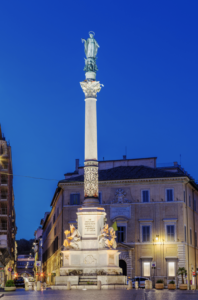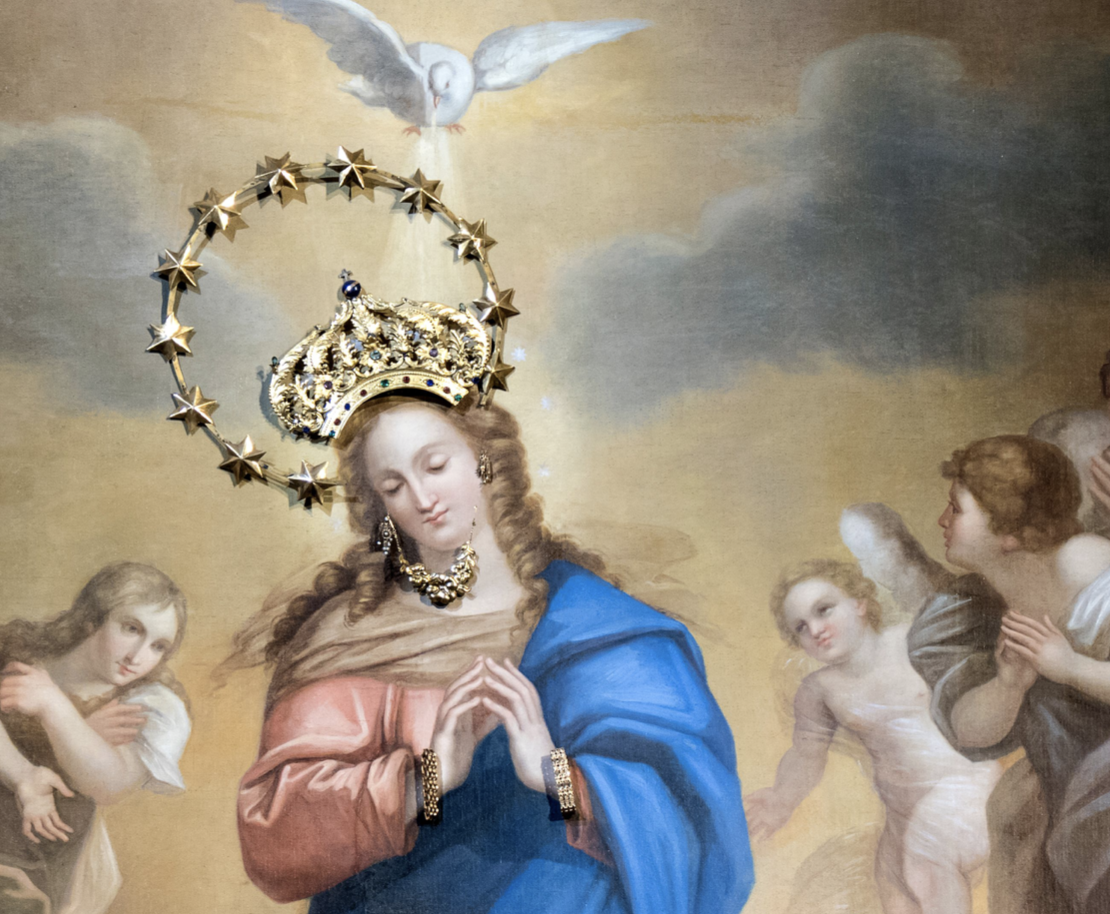By: Francesca Montillo, ISDA Food + Travel Writer
It’s a day all Italians look forward to: Christmas trees and homes are decorated, and children, eager as ever to celebrate the Christmas season, enjoy a day off from school.
Abstaining from meat is the norm, and seafood is enjoyed in many households. It’s December 8, the day of the Immaculate Conception. It’s the day the Virgin Mary is celebrated, according to the liturgy of the Church.
The Immaculate Conception is one of the most important holidays of the Catholic religion. It became an official holiday in 1854, as declared by Pope Pius IX (Immaculate Conception literally means “unblemished conception”).
Although the name may be misleading, it is not linked to Mary’s virginity or the conception of Jesus Christ through the work of the Holy Spirit. The feast day instead focuses solely and exclusively on the female figure, celebrating the fact that the Virgin Mary was preserved immune from original sin from the first moment of her conception.
As Pope Pius IX said: “the most blessed Virgin Mary was preserved, by particular grace and privilege of Almighty God, in anticipation of the merits of Jesus Christ, the Savior of mankind, immune from every stain of original sin from the very first instant of his conception and this must therefore be the object of certain and immutable faith for all the faithful.“
The Immaculate Conception is therefore linked to the conception of Mary herself by her parents San Gioacchino and Sant’Anna. The date of December 8 was identified by Pius IX precisely in relation to the birth of the Virgin and the feast of the Nativity of Mary, introduced in the West by Pope Sergius I in the 7th century, and set for September 8. The Immaculate Conception thus anticipates the Nativity of Mary by exactly nine months.
In confirmation of the dogma, the Catholic Church mentions what happened in Lourdes in 1858, when the 14-year-old Bernadette Soubirous told her parish priest that she saw a “little young lady” in a cave, who, raising her eyes in a sign of prayer, told her “I am the Immaculate Conception.“

The mid-nineteenth century, specifically 1857, is also linked to the inauguration of what is probably the most famous monument dedicated to this dogma, namely the Column of the Immaculate Conception which is located in Piazza Mignanelli, next to Piazza di Spagna, in Rome. The work, also commissioned by Pope Pius IX, consists of a marble base, on which rests a marble column that supports a bronze statue of the Madonna. This monument, every year on December 8, on the occasion of the feast of the Immaculate Conception, is honored by the Romans and the Pontiff.
Whether in Naples, Rome or Tuscany, or any place in between, many are the cities and churches that celebrate this Holy day. I recall it fondly growing up in Italy. On the Eve of this day, the locals would gather to create a very large bonfire in the middle of the town piazza. Trees, twigs and wood would be lit for hours to pay homage to the Virgin Mary.
After the fire had burned down, locals would add potatoes and sausage in the ashes to roast and enjoy together in the community! And just like that, the official countdown to Christmas would begin.


